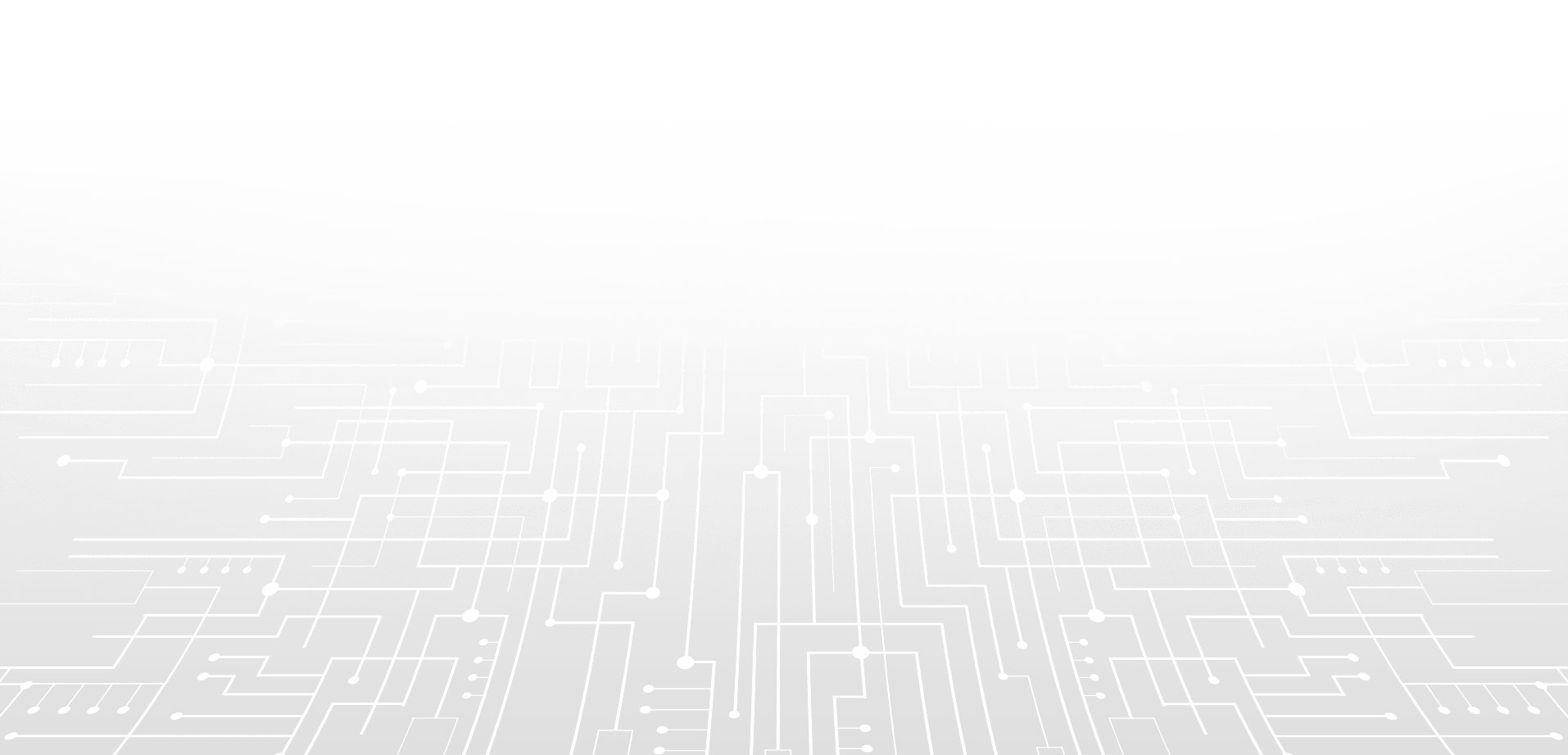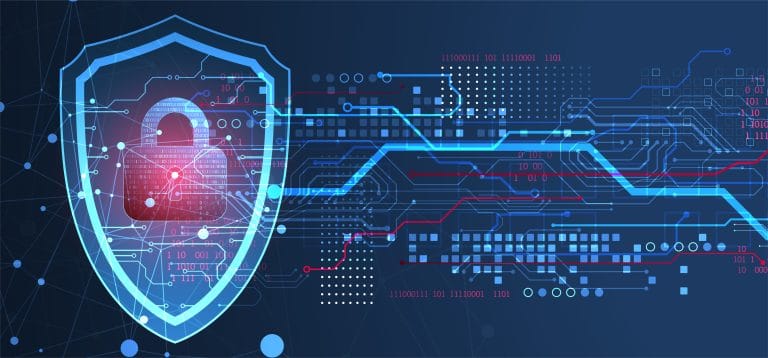

Adam King
1st February 2024
8 min read
In recent years, cloud computing has become a pivotal element in modern business structure, fundamentally altering how you manage, process and safeguard your data.
Its growth isn’t just a trend; it represents a shift in the digital paradigm, offering scalability, efficiency and innovative solutions to complex business needs.
But with these advances come new challenges in cybersecurity, particularly in cloud environments.
Cloud penetration testing, a specialised approach to cybersecurity, addresses these challenges head-on. It’s more than just a routine check; it’s an essential strategy to unearth potential vulnerabilities in your cloud infrastructure.
This form of testing isn’t just about finding weaknesses; it’s about understanding the unique intricacies of cloud security and the various ways malicious entities might exploit them.
It requires a blend of sophisticated techniques and a deep comprehension of cloud architectures and services.
In this cloud-driven age, being armed with knowledge and understanding of cloud penetration testing is no longer optional—it’s imperative for your business’s security and resilience. It’s a crucial journey, whether you’re at the helm of your organisation’s IT department or exploring cloud security for the first time. Let’s dive in…
Understanding cloud infrastructure
To grasp the nuances of cloud penetration testing, you first need to understand the layers that constitute cloud infrastructure. At its core, cloud infrastructure comprises of virtualised components like servers, storage, networking and software services. These elements work in unison to deliver computing services over the internet.
In cloud computing, services are broadly categorised into three models: Infrastructure as a Service (IaaS), Platform as a Service (PaaS) and Software as a Service (SaaS).
IaaS provides the fundamental building blocks for cloud IT, offering access to networking features, computers (virtual or on dedicated hardware) and data storage space. It’s like leasing a plot of land on which to build your house.
PaaS delivers a framework for developers. It’s like having the groundwork and the tools to build your house but not the house itself.
SaaS is the most comprehensive, delivering fully functional applications on a subscription model. It’s like renting a fully furnished home; everything you need is already there.
Understanding these models is crucial because each presents unique considerations, changing how you approach your cloud security.
With IaaS, you gain extensive control over the operating systems, storage and deployed applications. This control brings specific security responsibilities. You need to ensure the security of your operating systems, manage network configurations and protect your data. Regularly updating and patching your systems is vital. Additionally, monitoring network traffic and managing firewalls to prevent unauthorised access becomes critical. Implementing strong access controls and using encryption for data, both at rest and in transit, are also crucial practices to safeguard your resources in an IaaS environment.
PaaS balances control and convenience, providing a platform to develop, run and manage applications without the complexity of building and maintaining the infrastructure. Security considerations in PaaS focus on application-level protections and configuration of cloud components. The responsibility for securing the application runtime environment, middleware and operating systems lies with the provider, but you must manage the security and configuration of the applications and cloud components you deploy. You need to ensure secure coding practices to protect against application vulnerabilities. This includes implementing proper authentication, authorisation and application-level firewall configurations. Regular security assessments and code reviews are also essential to identify and mitigate potential application vulnerabilities.
When considering SaaS, the security considerations become particularly distinct. In a SaaS model, your business typically has the least control over the infrastructure, platform and applications. You’re essentially using software (applications) managed by the service provider over the internet. This limited control means you must rely heavily on the provider’s security protocols and policies.
With SaaS, data security and privacy become paramount, especially since sensitive business data is often processed or stored within these applications. You must evaluate the provider’s data handling and storage practices, understanding how they encrypt data, manage data access and handle data breaches. It is also important to understand whether the provider is compliant, or certified, with any security standards or frameworks that are applicable to you.
Additionally, as SaaS applications are accessible over the internet, they’re particularly susceptible to various web-based threats, including phishing attacks and vulnerabilities in the application’s security.
So, it’s vital for your business to conduct thorough due diligence on the SaaS provider’s security practices and to understand the contractual obligations around data security.
Regular assessments of the SaaS applications’ security features and training your employees on safe practices become essential components of your overall cybersecurity strategy.
Unique challenges in cloud penetration testing
Cloud penetration testing is essential, yet it’s laden with unique challenges. One of the primary concerns is multi-tenancy. In a cloud environment, resources are shared among multiple users. This multi-tenancy can lead to data leaks if the virtual separation between different tenants isn’t secure.
The dynamic nature of cloud environments is another challenge. Cloud infrastructure is highly scalable and flexible, meaning it can change frequently. This dynamism makes it hard to keep track of assets and configurations, complicating the penetration testing process.
Legal and compliance considerations also play a significant role. Cloud services often operate across multiple jurisdictions, leading to a complex web of laws and regulations to navigate. Ensuring compliance while performing penetration tests requires a thorough understanding of these legal frameworks, making the tester’s job even more challenging.
These complexities require a sophisticated approach to cloud penetration testing, one that’s adaptive to the unique characteristics of cloud environments and compliant with legal requirements.
Essential techniques in cloud penetration testing
When tackling cloud penetration testing, it’s essential to adapt your approach to the specific cloud model you use. Identifying and assessing cloud-specific vulnerabilities requires a nuanced understanding of each model’s architecture and potential weak points. Each cloud provider also has its own way of doing things, so it is important to understand the intricacies of the solution in use.
For IaaS, the focus should be on network and server-level vulnerabilities, ensuring secure configurations, access controls and monitoring for unauthorised access or compromise.
In PaaS, scrutinising the platform’s runtime environment and associated services for misconfigurations and vulnerabilities is essential, particularly in the development frameworks and tools provided.
SaaS, meanwhile, demands more focus on application-level security, examining the robustness of web applications and APIs against common vulnerabilities like SQL injection and cross-site scripting.
Automation is significant in cloud penetration testing, offering scalability and efficiency. Automated tools can swiftly scan vast, sprawling cloud environments, identifying known vulnerabilities and configuration errors.
However, don’t overlook the importance of manual testing. Human expertise, from a CREST-approved penetration testing provider like Sentrium, is crucial for interpreting automated findings, exploring complex attack scenarios and understanding the business context of identified vulnerabilities. A blend of both approaches ensures a comprehensive testing process.
Mitigating risks in cloud environments
Post-testing, it’s vital to remediate identified vulnerabilities effectively. Quick action to patch vulnerabilities and adjust configurations is essential; so, too, is a strategic approach to long-term risk mitigation. Developing a robust incident response plan is critical, ensuring you can react swiftly and effectively in the event of a breach.
Continuous monitoring is vital in cloud environments. Deploying tools that provide real-time visibility into your cloud infrastructure can help detect and respond to threats as they emerge.
Intrusion detection systems (IDS) and intrusion prevention systems (IPS) monitor network traffic for suspicious activity and potential threats, helping to detect and prevent breaches within IaaS deployments. Cloud access security brokers (CASBs) can provide visibility into your cloud applications and help enforce security policies. And vulnerability management tools regularly scan your cloud services for vulnerabilities to stay ahead of potential threats.
Such ongoing vigilance is complemented by regular security reviews and updates, adapting to new threats and changes in your cloud environment.
Ensuring the security of your cloud environment is an ongoing process. By staying proactive and adopting a multi-layered security approach, you can significantly reduce risks and safeguard your business in the cloud.
Encrypting sensitive data both at rest and in transit protects it from unauthorised access.
Identity and access management tools help control who has access to your cloud resources and ensure they have the minimum necessary permissions.
Ensuring you have robust backup and recovery procedures to maintain business continuity during data loss or a security incident is essential. So, too, is regularly reviewing and updating your security practices to ensure compliance with industry regulations and standards.
Finally, regular security training will educate your staff about the latest threats and best practices in cloud security.
By integrating these tools and strategies, you can create a robust defence against the evolving threats in cloud environments, ensuring your business’s data and resources remain secure.
The future of cloud penetration testing
The future of cloud penetration testing is set to be dynamic, influenced by emerging trends and technologies. One significant trend is the increasing integration of artificial intelligence (AI) and machine learning (ML). These technologies are expected to enhance the efficiency and effectiveness of cloud penetration testing, allowing for more sophisticated analysis and quicker identification of vulnerabilities. The growing adoption of serverless architectures and containerisation will also shape the future of cloud security testing.
Blockchain technology can enhance cloud security by providing a decentralised, immutable ledger, making it extremely difficult for data to be altered or tampered with. This technology can secure transactions and data exchanges in cloud environments, ensuring integrity and traceability.
As the number of IoT devices connected to cloud services increases, it’s crucial to identify and address vulnerabilities specific to these devices. This includes securing data transmission and storage and protecting device firmware and software against attacks.
The emergence of quantum computing poses a potential threat to current encryption methods. Quantum-resistant cryptographic techniques are needed to protect data against potential quantum computer attacks, ensuring long-term data security in cloud environments.
And with data processing happening closer to the source in edge computing, there’s an increased need to secure these distributed nodes. Penetration testing must adapt to protect data across these dispersed environments.
Integrating security into the DevOps process ensures that security is a continuous focus throughout the software development lifecycle, not just at the end. Also, using code to enforce compliance standards automates and integrates security within the infrastructure deployment process, making it more efficient and effective.
Implementing zero-trust architectures in cloud environments involves rigorous identity verification and assumes no internal or external traffic is trusted, enhancing overall security.
And as augmented and virtual reality technologies integrate with cloud services, their unique security implications, such as data privacy and user authentication, become critical areas for testing and protection.
These technologies present new challenges and will require innovative pentesting approaches.
Additionally, as cloud services continue to evolve, there will be a greater emphasis on automated and continuous security testing. This shift is driven by the need for real-time security assurance in rapidly changing cloud environments. The field is also likely to see increased focus on compliance testing as regulations evolve to keep up with the fast-paced changes in cloud technology.
How can Sentrium help?
Cloud penetration testing is vital in ensuring the security and resilience of your business’s cloud-based systems and data. As cloud technology becomes more integral to business operations, the importance of thorough and regular penetration testing can’t be overstated.
Your business should view cloud penetration testing not as an optional extra but as an essential part of your security strategy. Staying informed about the latest trends and technologies in cloud penetration testing is crucial. By adopting rigorous cloud security measures and staying ahead of emerging threats, you can protect your assets and maintain the trust of your customers and stakeholders.
As a CREST-approved penetration testing provider, our expert security consultants have a deep understanding of how hackers and cyber attackers operate. We use this knowledge to help businesses mitigate risks to their IT systems and networks.
We want to help you improve your security strategy to protect your brand reputation, value and property. Get in touch today to learn more about how we can help.
Resources
- Insights
- Labs
Get in touch with our experts to discuss your needs
Phone +44(0)1242 388634 or email [email protected]











